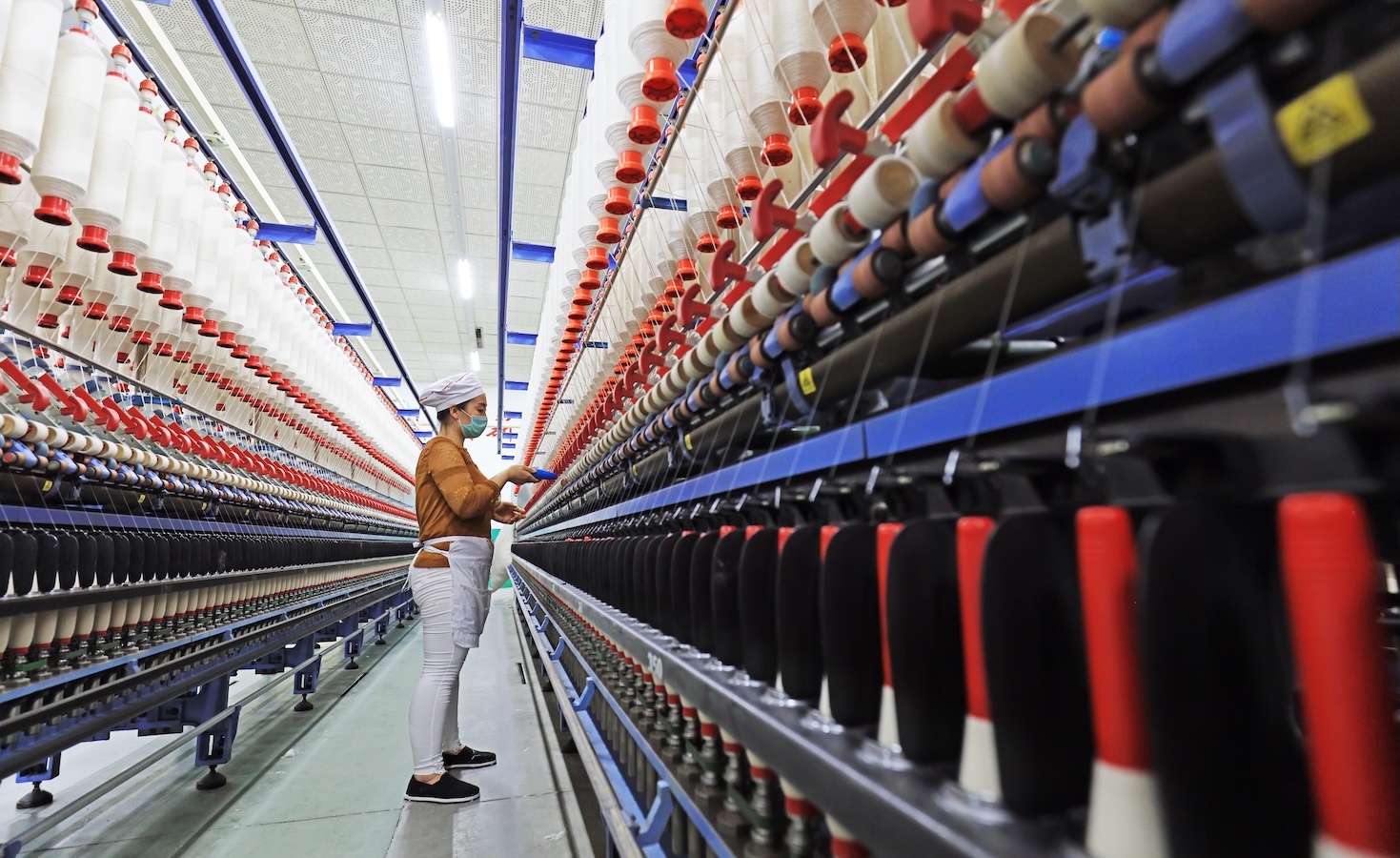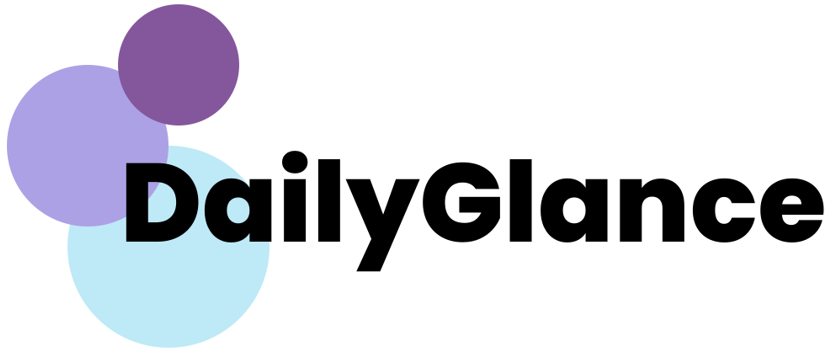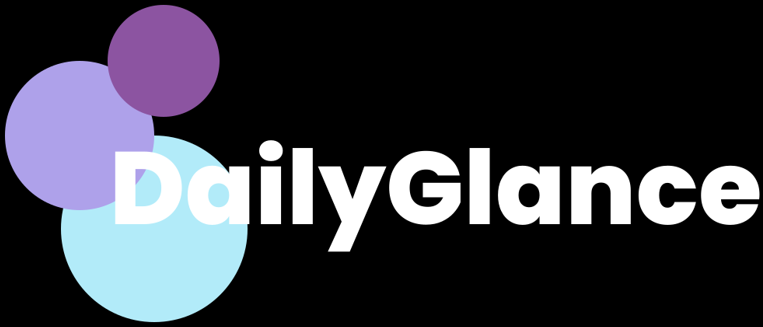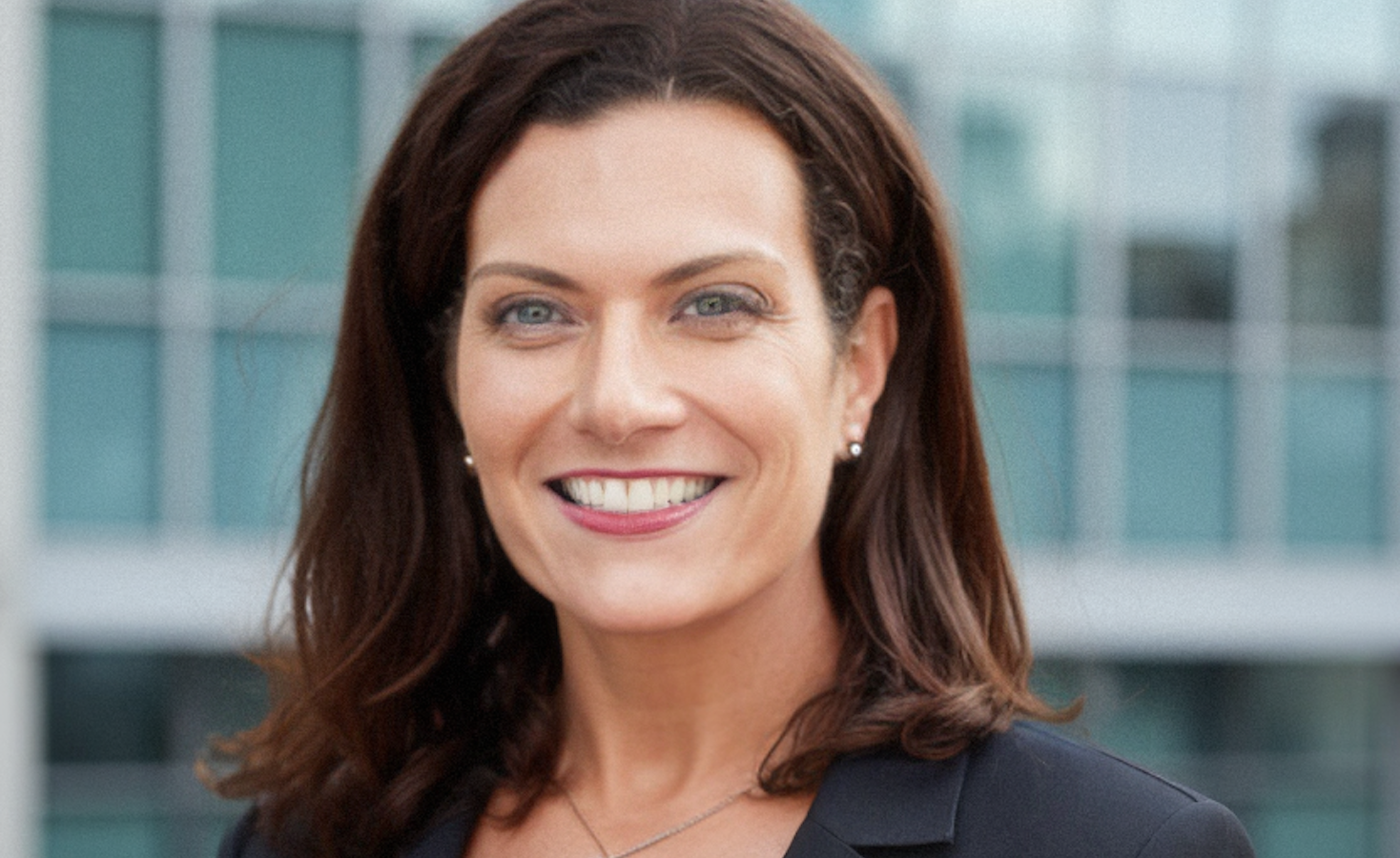Now Reading: Fashion is only 8.6% toward 2030 emissions deadline. Here’s how to speed up
-
01
Fashion is only 8.6% toward 2030 emissions deadline. Here’s how to speed up
Fashion is only 8.6% toward 2030 emissions deadline. Here’s how to speed up

Key points
Six years have passed since the establishment of a 12-year target by industry leaders to reduce 100 megatons of CO2.
Progress has been slow, despite the increased commitment and funding from prominent brands and retailers towards decarbonization.
The Apparel Impact Institute (AII) is concentrating on achieving more significant impacts through the adoption of electrification and other technologies, as well as expanding their operations to cover more regions.
The presence of sustainable fashion is closely linked to the activities of the Apparel Impact Institute (AII). According to the latest progress report from the nonprofit, apparel companies need to accelerate their efforts to bridge the gap between their current achievements and the targeted net zero emissions aligned with the Paris Agreement by 2050.
Companies and suppliers associated with AII are at the forefront of the sector’s decarbonization efforts, which have been identified by the United Nations as responsible for 4 to 8 percent of global climate emissions. Collaborating with about 2,000 suppliers, the AII aims to prevent the release of 100 megatons of CO2 equivalent by 2030. However, halfway to the deadline, they have only achieved 8.6% of the target. Despite this, the AII’s 2024 impact report indicates that the companies it works with are intensifying their commitments and progressing towards more substantial and enduring reductions in emissions.
Here are some significant points highlighted in the report.
Secure more funding
The nonprofit organization based in San Francisco is distinctive for its efforts in organizing pooled finances and hands-on programs to reduce emissions across intricate corporate supply chains. However, participants have only contributed 7.8% of the planned $2 billion capital by 2030. Suppliers have invested $124 million, while the AII has provided $32 million.
The AII boasts a notable list of partners, including Target, Lululemon, H&M, Gap, PVH, Ralph Lauren, and HSBC, who contribute to the AII’s Fashion Climate Fund. The fund has been striving to raise $250 million for three years. In March, the nonprofit called for more brands and retailers to commit $10 million each to the fund.
In 2024, the AII collaborated to launch the Future Supplier Initiative with the Fashion Pact, a Paris-based net zero collective led by fashion CEOs. This initiative, joined by DBS Bank and Guidehouse consultancy, aims to pool financial resources towards impactful decarbonization projects for suppliers.
Recently, the AII has observed an increase in project funding and engagement from industry stakeholders rather than philanthropic organizations, as stated by AII President Lewis Perkins. He mentioned, “When tackling such a significant issue, it will never feel like progress is fast or substantial enough, but the focus is on a select group of brands making larger commitments, which is consistent with the industry’s operations. There are leaders at the forefront, while many other brand retailers may also want to contribute to the impact, but might not have the resources to do so.”
Involve more suppliers
From 2018 to 2024, the AII has engaged with 1,261 supplier facilities and 9,689 farms.
Last year, the majority of these suppliers were involved in raw materials. There were 9,689 Tier 4 suppliers, followed by 353 materials suppliers (Tier 2), and 321 garment manufacturers (Tier 1). The remaining suppliers included a mix, including a few Tier 3 operations that typically supply Tier 2 suppliers.
One of the challenges is that the top 1,800 suppliers in the sector contribute about 80% of its emissions, yet many lack clear decarbonization strategies.
Perkins mentioned, “We are striving to establish stronger connections with these suppliers. Traditionally, we have done this through brand introductions, which remains an effective way to engage with them.”
He also added that the AII is adopting a regional approach, partnering with organizations that already have local contacts, such as Cascale, WRI, and the Solidaridad Network.
Listen to current suppliers
Perkins noted, “Suppliers are facing numerous demands from brand retailers and various NGOs, which can lead to audit and certification fatigue due to the costs involved.”
Therefore, the AII is closely collaborating with other multi-stakeholder initiatives that interact with suppliers, from farms to material purchasing. These initiatives include Cascale, Textile Exchange, and the ZDHC (Zero Discharge of Hazardous Chemicals) initiative.
Perkins recently returned from a trip to India, a key focus area for the AII this year, along with China, Bangladesh, and Vietnam. In India, coal is the primary energy source for textile operations, and the AII has engaged with 107 facilities there. In China, the world’s largest apparel exporter, the organization has partnered with 450 facilities.
The AII’s upcoming plans include expanding its operations in Turkey, Jordan, Egypt, Kenya, and Ethiopia.
Continue targeting achievable goals
In 2024, the AII’s pilot programs included assisting companies in developing decarbonization action plans for Tier 1 suppliers, promoting renewable energy transitions across Asia, and supporting 11 Italian tanneries used by luxury brands in improving energy and water efficiency.
In the same year, the organization managed to offset emissions equivalent to 52,119 cars, saved water equivalent to 2.4 million swimming pools, and reduced energy usage equivalent to 14.3 million washing machines.
The AII will continue running fundamental energy efficiency programs. Perkins stated, “To achieve significant reductions in CO2 emissions, we are focusing on lowering the carbon intensity in these projects. We aim to direct resources towards electrification in Tier 2, where most CO2 emissions occur, particularly in ‘wet’ processes like dyeing.”
The organization’s Climate Solutions Portfolio provides specific, verified solutions for companies to consider in achieving their CO2 targets. The AII offers grants for emerging technologies such as waterless dyeing, precision agriculture, and electrification. Another area of focus is supporting low-carbon thermal energy to replace high-carbon operations like coal-fired boilers.
Move towards deeper decarbonization
In 2025, the AII plans to expand its Climate Solutions Portfolio beyond efficiency projects to achieve more substantial decarbonization. Perkins emphasized the importance of electrification, stating, “Recent reports on carbon intensity indicate the need for transitions towards heat pumps and heat exchange.”
In this regard, the AII may assist companies in negotiating Power Purchase Agreements (PPAs) for clean energy or directly implementing electrification on-site.
Maintain the current trajectory
Given the current geopolitical uncertainties, the AII does not foresee significant shifts in its geographic focus. Perkins anticipates continued commitments to suppliers who have established long-term partnerships with brands and retailers.
He stated, “This year brings about transitions that we will learn more about as we progress. However, the industry has consistently shown dedication to advancing this work.”






